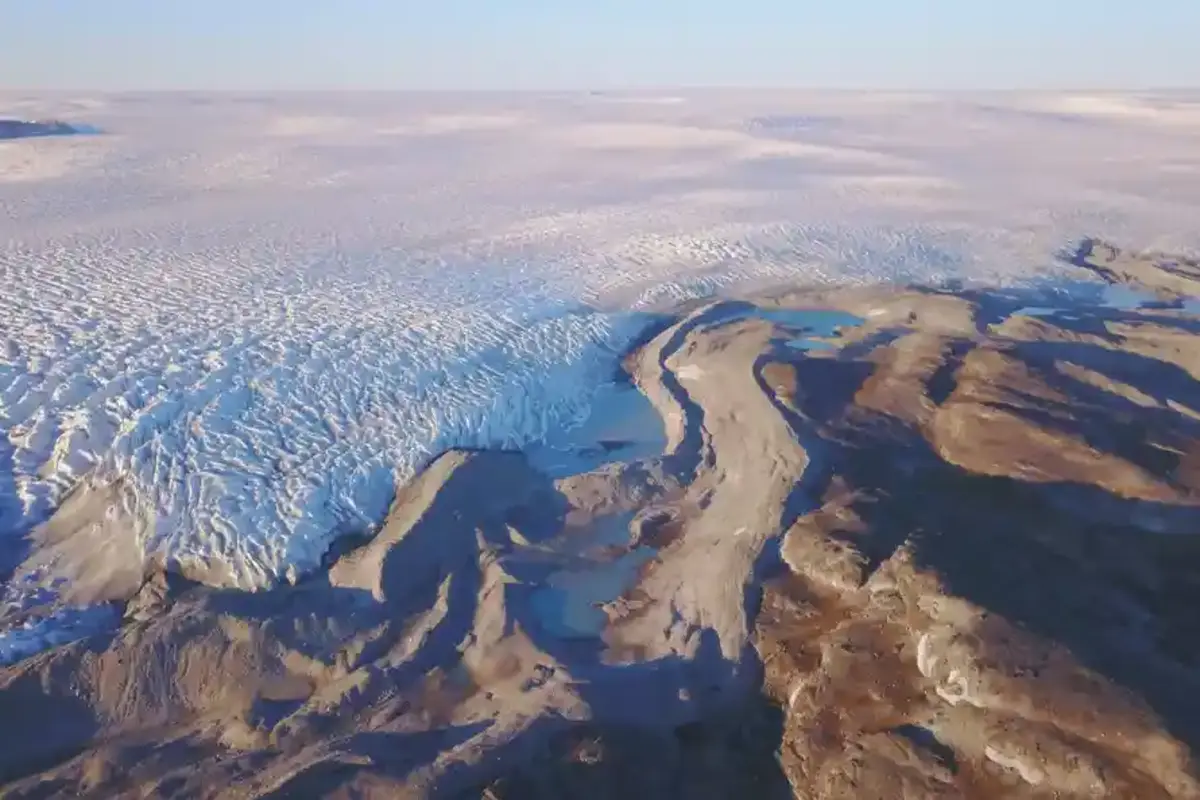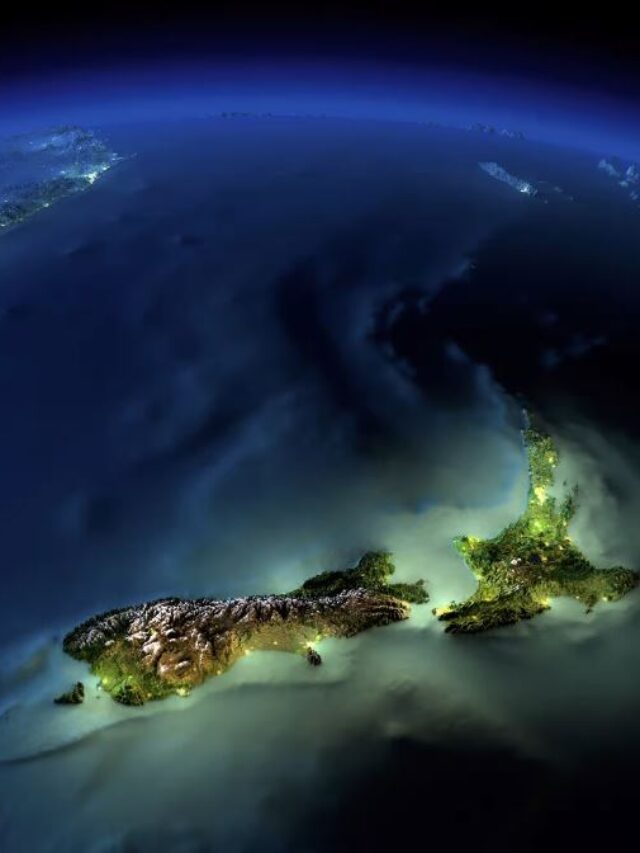
Greenland's Ice Has Completely Melted Before, Raising Global Sea Levels
An international team of experts has discovered that the ice sheet covering Greenland totally disappeared and became vegetated at some point within the previous half-million years, causing sea levels to rise by at least 1.5 meters globally.
In light of these discoveries, experts from the University of Vermont (UVM) in the US and other institutions indicated that Greenland’s ice sheet history is undergoing a significant and alarming reconsideration. Previously thought to have been a “fortress of ice” with mainly unmelted ice.
In addition, the study offered “strong and precise evidence that Greenland is more sensitive to climate change than previously understood — and at grave risk of irreversibly melting off.” It was published in the journal Science.
Recent research indicates that sediment just beneath the ice sheet was deposited by flowing water in an ice-free environment during a moderate warming period known as Marine Isotope Stage 11, from 4,24,000 to 3,74,000 years ago. This evidence comes from the accidental rediscovery of a Greenland ice core that was originally dug from a depth of about 1,400 meters.
Also Read: Study Finds, Microwaving Food Containers Can Expose You To Toxic Nanoplastics
The ice core was examined by the scientists using cutting-edge luminescence equipment and rare isotope analyses.
The study’s co-author and scientist from Utah State University, Tammy Rittenour, carried out the luminescence examination in her lab. The ice core sediment’s rock and sand fragments were examined for “luminescence signal”. While being carried by wind or water, exposure to sunshine cancels their signal before they are reburied beneath ice or rock.
The study’s co-leader and UVM scientist Paul Bierman’s group conducted the isotope analyses. The time period during which that area of Greenland had to have been ice-free was reduced since the researchers discovered that the ice core sediment was exposed to the sky less recently than 14,000 years prior to being buried beneath the ice.
Given that roughly 23 feet of the potential global sea level rise is bound up in this ice, which threatens coastal communities all around the world, understanding Greenland’s past could offer crucial hints in projecting how its ice sheet will respond to climate change.
According to Bierman, “unless we can dramatically lower the concentration of carbon dioxide in the atmosphere, the past of Greenland, preserved in twelve feet of frozen soil, suggests a warm, wet, and largely ice-free future for planet Earth.”
We are looking at meters of sea level rise, perhaps tens of meters, based on forward modeling the rates of melt and the response to rising carbon dioxide. Next, take a look at how high Boston, Miami, Amsterdam, and New York City are. Look at Africa and India; the majority of human settlements are located close to the sea,” said Rittenour.
According to Bierman, “there were no cities on the coast four hundred thousand years ago, but now there are cities on the coast.”
To read more such news, download Bharat Express news apps






































